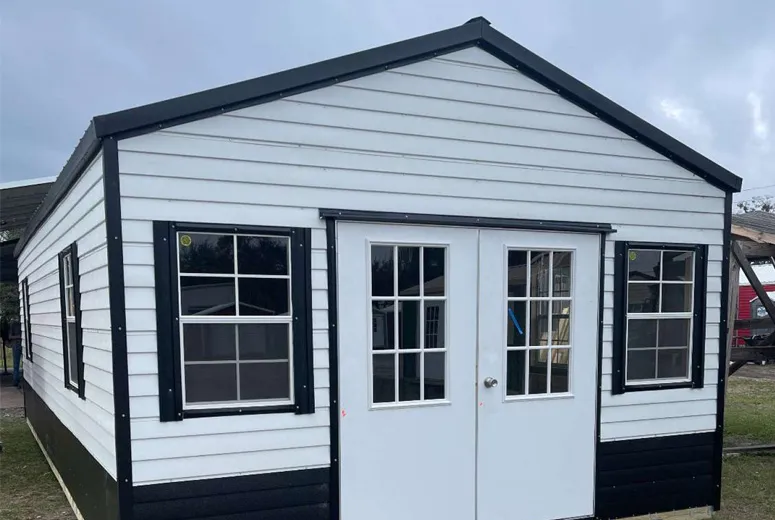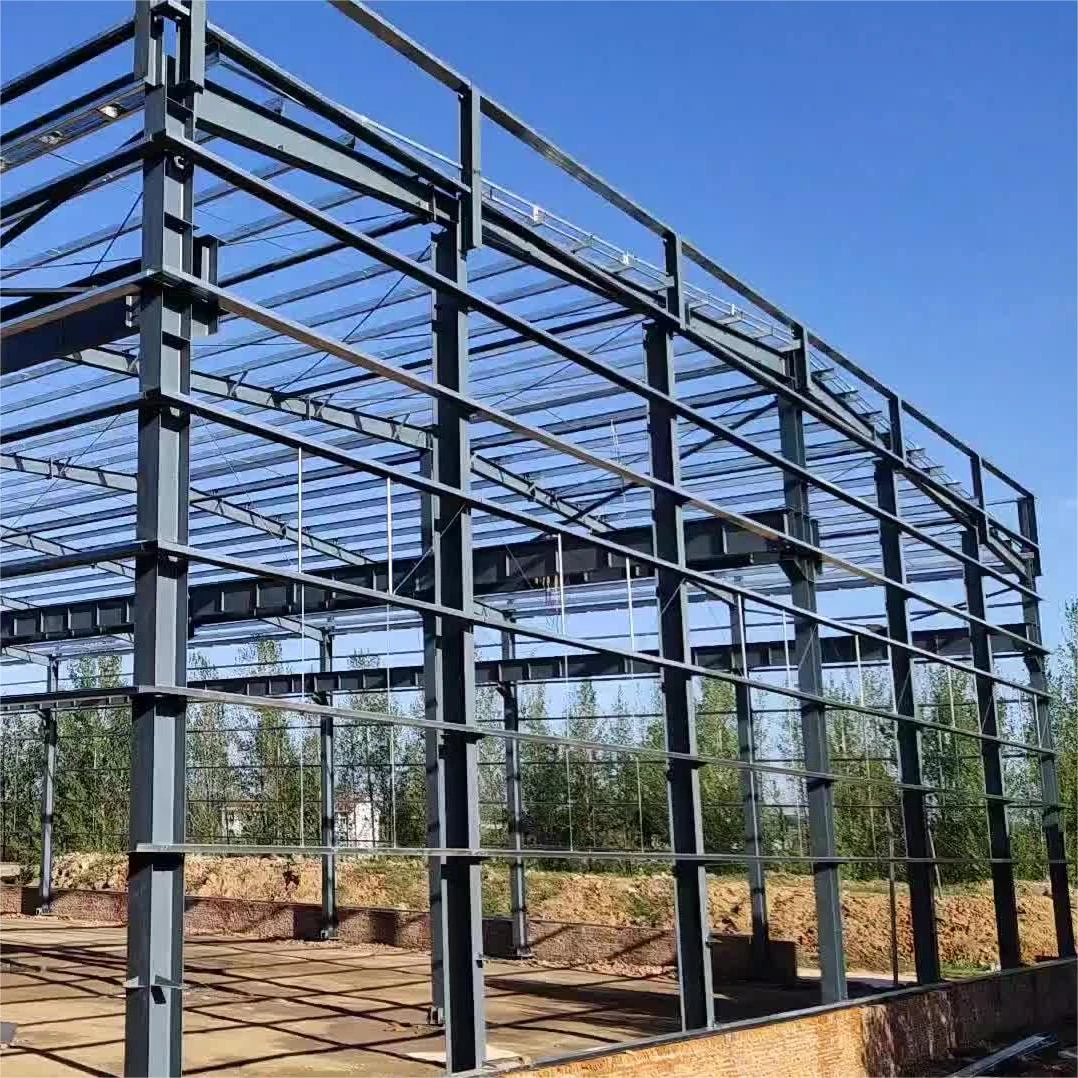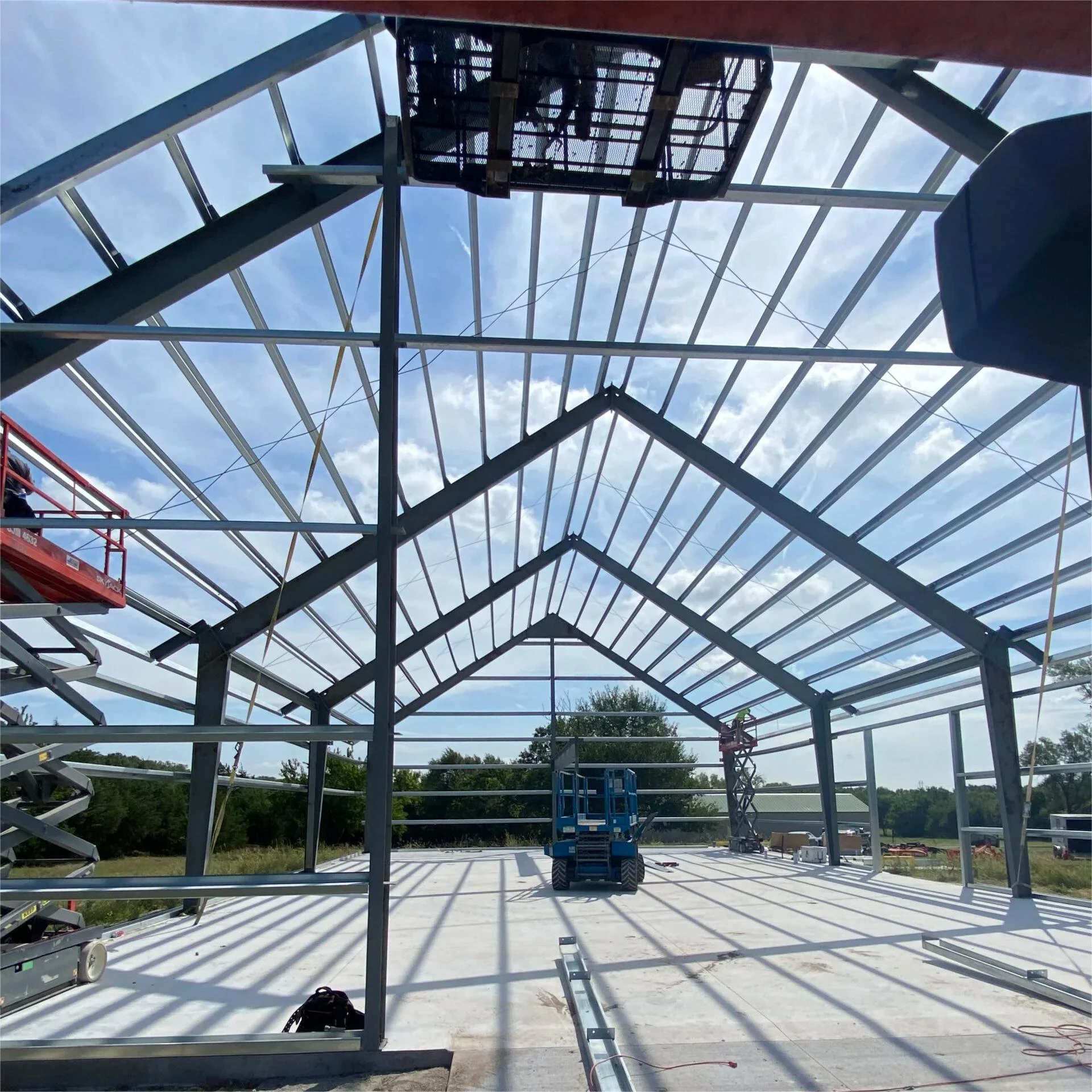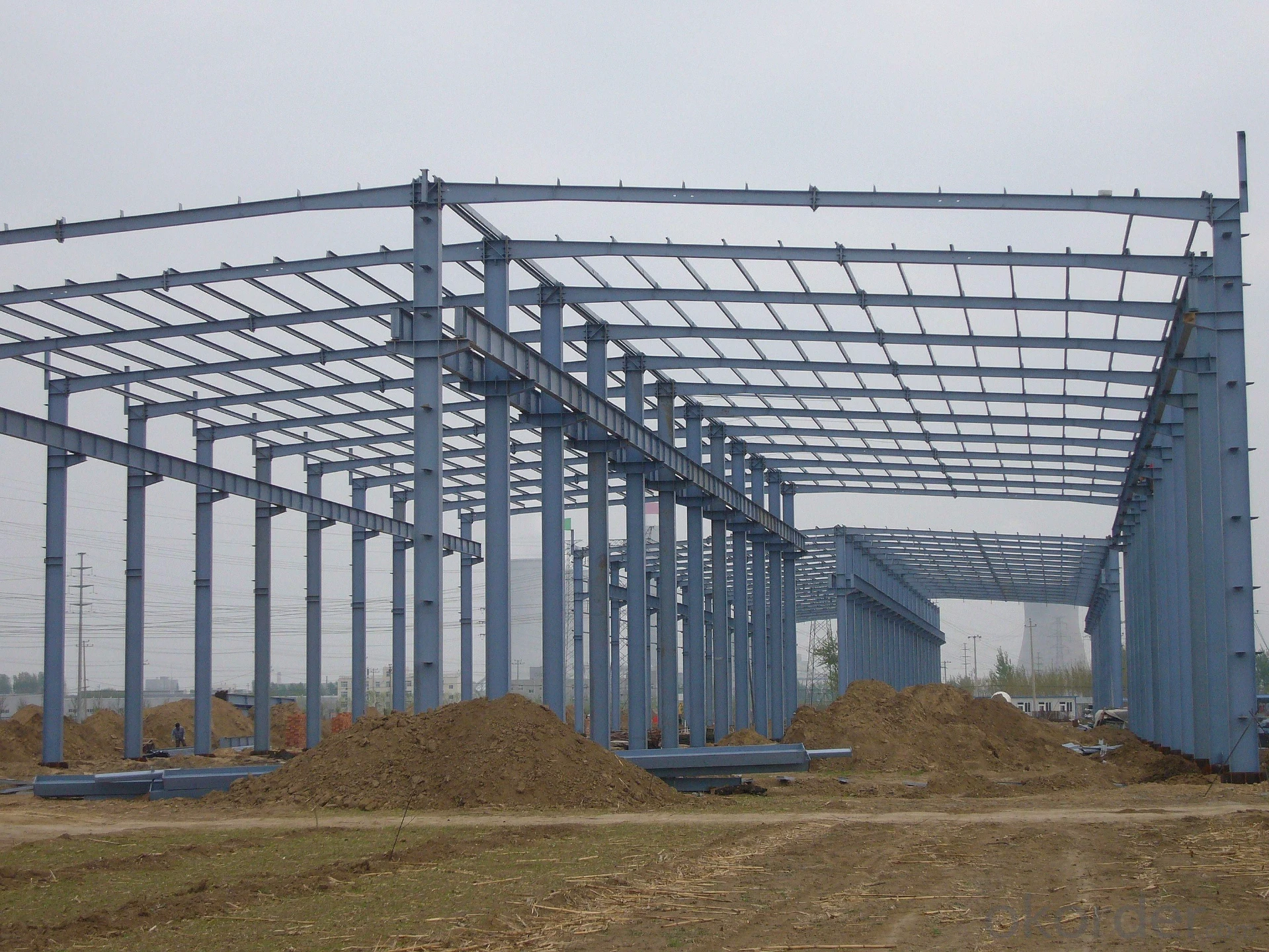- Afrikaans
- Albanian
- Amharic
- Arabic
- Armenian
- Azerbaijani
- Basque
- Belarusian
- Bengali
- Bosnian
- Bulgarian
- Catalan
- Cebuano
- Corsican
- Croatian
- Czech
- Danish
- Dutch
- English
- Esperanto
- Estonian
- Finnish
- French
- Frisian
- Galician
- Georgian
- German
- Greek
- Gujarati
- Haitian Creole
- hausa
- hawaiian
- Hebrew
- Hindi
- Miao
- Hungarian
- Icelandic
- igbo
- Indonesian
- irish
- Italian
- Japanese
- Javanese
- Kannada
- kazakh
- Khmer
- Rwandese
- Korean
- Kurdish
- Kyrgyz
- Lao
- Latin
- Latvian
- Lithuanian
- Luxembourgish
- Macedonian
- Malgashi
- Malay
- Malayalam
- Maltese
- Maori
- Marathi
- Mongolian
- Myanmar
- Nepali
- Norwegian
- Norwegian
- Occitan
- Pashto
- Persian
- Polish
- Portuguese
- Punjabi
- Romanian
- Russian
- Samoan
- Scottish Gaelic
- Serbian
- Sesotho
- Shona
- Sindhi
- Sinhala
- Slovak
- Slovenian
- Somali
- Spanish
- Sundanese
- Swahili
- Swedish
- Tagalog
- Tajik
- Tamil
- Tatar
- Telugu
- Thai
- Turkish
- Turkmen
- Ukrainian
- Urdu
- Uighur
- Uzbek
- Vietnamese
- Welsh
- Bantu
- Yiddish
- Yoruba
- Zulu
Dec . 10, 2024 16:48 Back to list
Designing Concrete Foundations for Metal Buildings A Comprehensive Guide
The construction of metal buildings has gained immense popularity in recent years, due to their durability, cost-effectiveness, and versatility. However, the longevity and structural integrity of these buildings largely depend on the quality of their foundations. A well-designed concrete foundation is crucial for supporting the weight of the metal structure, ensuring stability, and preventing costly repairs down the line. In this article, we will explore the key aspects of designing concrete foundations for metal buildings, focusing on materials, techniques, and essential considerations.
Understanding the Role of Foundations
Foundations serve as the primary support for any structure, distributing its weight evenly across the ground. In the case of metal buildings, the foundation must withstand not only the weight of the building itself but also external forces such as wind, snow loads, and seismic activities. An inadequately designed foundation can lead to settling, shifting, or even catastrophic structural failure. Thus, it is critical to take a methodical approach to design and construction.
Site Assessment
Before beginning any foundation work, a thorough site assessment is necessary. Factors such as soil type, drainage patterns, and local climate conditions must be evaluated. Soil testing helps determine the load-bearing capacity of the ground, which is vital for selecting the appropriate foundation type. Common soil types include clay, sand, loam, and rocky soils, each of which poses unique challenges.
Selecting Foundation Types
There are various types of concrete foundations suitable for metal buildings, and choosing the right one depends on several factors, including building size, site conditions, and budget.
1. Concrete Slab Foundation This is one of the most popular choices for metal buildings. A concrete slab offers a solid, flat surface that reduces the risk of uneven settling. It is also relatively cost-effective and quick to install, making it ideal for smaller structures.
2. Pier and Beam Foundation In areas with unstable soil, a pier and beam foundation may be more appropriate. This type consists of concrete piers that elevate the building above the ground, allowing for adequate drainage and reducing the risk of moisture-related issues.
metal building concrete foundation design

3. Continuous Footing This foundation type involves a continuous strip of concrete that runs along the perimeter of the building. It is particularly suitable for larger metal structures, providing enhanced support and stability.
Concrete Mix and Reinforcement
The selection of the right concrete mix is critical for the foundation's performance. A typical concrete mix for foundations includes a ratio of cement, sand, gravel, and water. Adding reinforcing steel bars (rebar) enhances tensile strength and helps prevent cracking. The amount and placement of rebar should follow the structural engineer's specifications, addressing the specific load requirements of the building.
Proper Drainage
Effective drainage is an often-overlooked aspect of foundation design. Water pooling around or under the foundation can lead to erosion, settling, and structural damage. Implementing proper drainage solutions, such as French drains, swales, and grading, can redirect water away from the foundation, ensuring its integrity over time.
Compliance with Local Building Codes
Another essential consideration in designing concrete foundations for metal buildings is compliance with local building codes and regulations. Building codes dictate specifications related to foundation depth, materials, and structural design, which can vary from one locality to another. Engaging with local authorities before beginning construction can save time and resources in the long run.
Conclusion
Designing concrete foundations for metal buildings is a meticulous process that requires careful planning and execution. Understanding site conditions, selecting the appropriate foundation type, utilizing high-quality materials, and ensuring proper drainage are key elements that contribute to the successful construction of a metal building. By prioritizing these factors and adhering to local regulations, builders can create sturdy, reliable foundations that will support metal structures for years to come. Investing time and resources into proper foundation design ultimately enhances the longevity, safety, and overall value of the building.
-
How Do Steel Building and Structures Shape Modern Construction Landscapes?
NewsJun.11,2025
-
How Do Specialized Manufacturers Shape Diverse Building Landscapes?
NewsJun.11,2025
-
How Do Key Factors Influence Industrial Building Expenses?
NewsJun.11,2025
-
How Do Industrial Sheds and Steel Structures Shape Modern Infrastructure?
NewsJun.11,2025
-
How Do Industrial Shed Manufacturers and Pre - Engineered Building Solutions Transform Modern Infrastructure?
NewsJun.11,2025
-
How Do Industrial Building Solutions Drive Modern Infrastructure Development?
NewsJun.11,2025
Products categories
Our Latest News
We have a professional design team and an excellent production and construction team.












